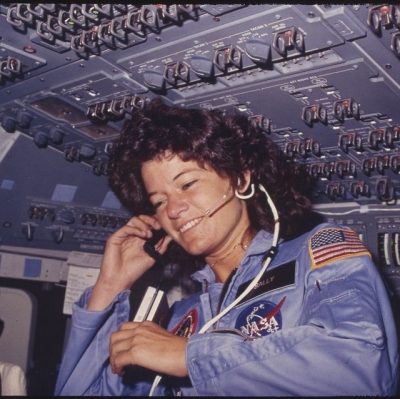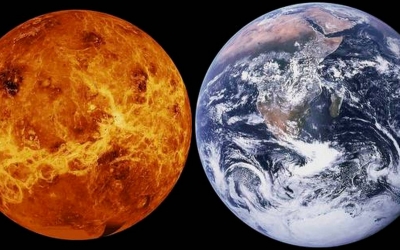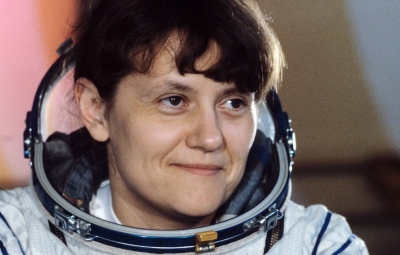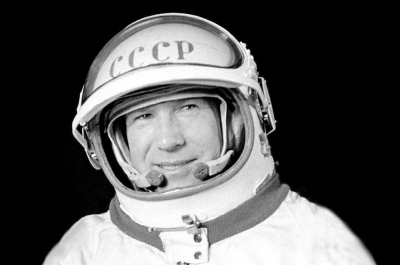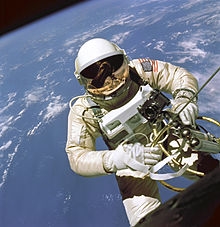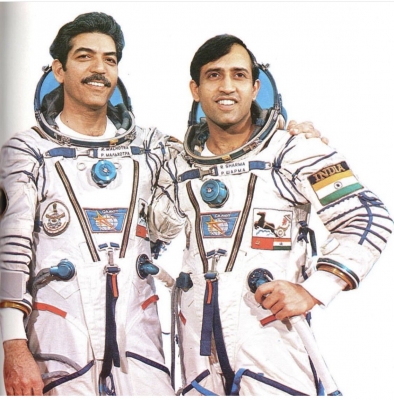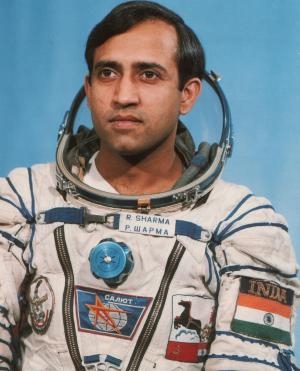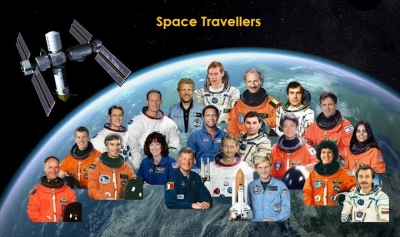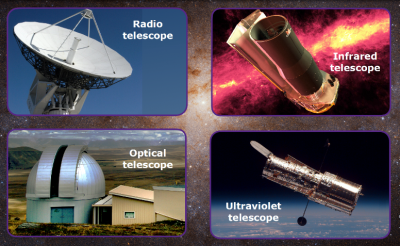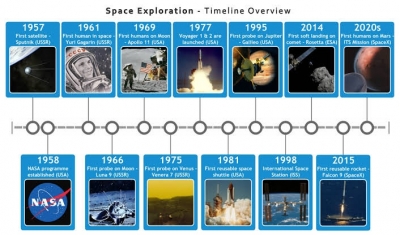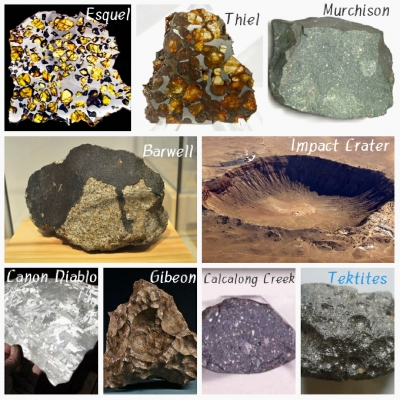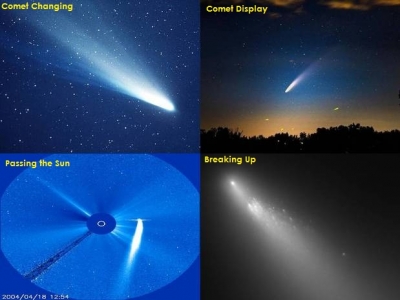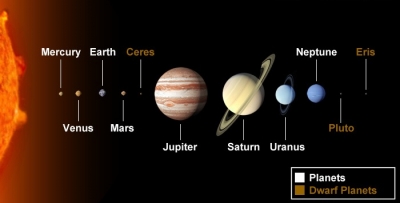Which was the first animal launched into space?
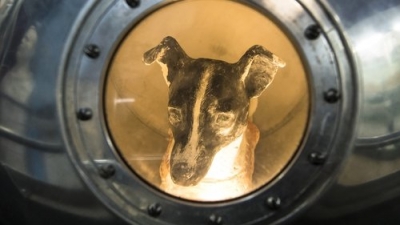
On November 3, 1957, less than a month after they inaugurated the Space Age, the Soviet Union took the next big step with the launch of Sputnik 2. Hurriedly prepared to take advantage of the propaganda value of the first satellite, Sputnik 2 utilized an animal habitat and carried the dog Laika, the first animal to orbit the Earth.
Sputnik 2 weighed 508 kg, significantly more than its simpler predecessor, and remained attached to its booster rocket after achieving orbit. Due to the lack of adequate development time, no provisions were made to recover Laika. Engineers had not designed the environmental control system for a lengthy mission and it is likely that Laika only survived for a few hours after reaching orbit. On November 10, the satellite’s batteries expired, and receipt of data from the science experiments also ceased. Sputnik 2 burned up on reentry on April 14, 1958. It would be nearly three years before the Soviet Union orbited more animals, this time returning the entire “crew” safely to Earth, the first steps in preparation for human space flight.
Laika was a young, mostly-Siberian husky. She was rescued from the streets of Moscow. Soviet scientists assumed that a stray dog would have already learned to endure harsh conditions of hunger and cold temperatures. Laika and two other dogs were trained for space travel by being kept in small cages and learning to eat a nutritious gel that would be their food in space.
The dog's name was originally Kudryavka, or Little Curly, but she became known internationally as Laika, a Russian word for several breeds of dog similar to a husky. American reporters dubbed her Muttnik as a pun on Sputnik.
Unfortunately, Laika's trip into space was one-way only. A re-entry strategy could not be worked out in time for the launch. It is unknown exactly how long Laika lived in orbit — perhaps a few hours or a few days — until the power to her life-support system gave out. Sputnik 2 burned up in the upper atmosphere in April 1958.
Picture Credit : Google

